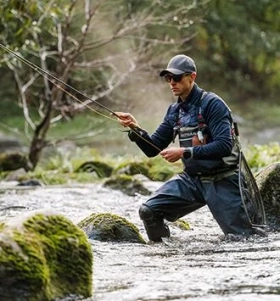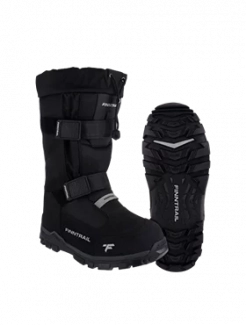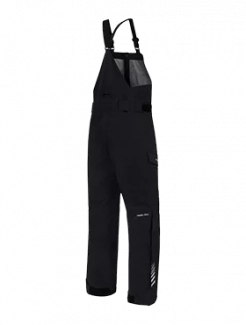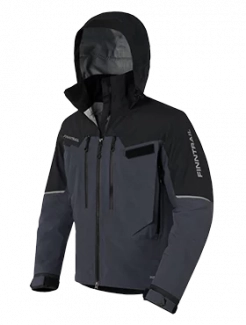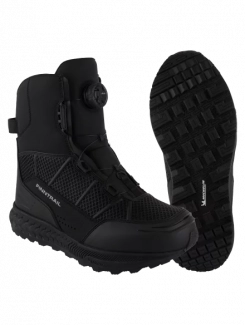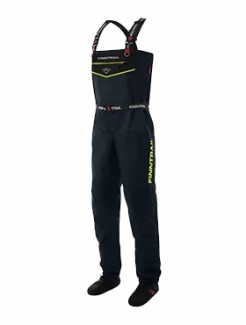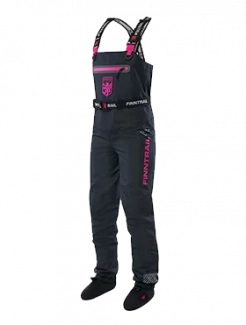How to Inspect Your ATV’s Steering
What’s more important on an ATV than the steering? Other aspects of your machine may be as important, but nothing can top its steering. There are several parts of your ATV steering, the ball joints, tie rod ends, and wheel bearings that can wear out pretty quickly, and wouldn’t you like to discover that in your garage rather than on the trail? This is why every quad owner should give their steering a little check after every few rides. Read this post to learn how to inspect your ATV’s steering.

How to Inspect ATV Steering and Suspension
Pick a firm, level spot in your garage or driveway to do the job. Then put some wheel chocks behind the back tires to be sure your machine doesn’t roll.
Jack the ATV and secure it with jack stands. If you don’t already know, the flattest part of the chassis is the best place to position your jack. Lift the quad just enough that the wheel’s can spin.
Ball Joints and Wheel Bearings
Grasp the tires in the 3 or 9 o’clock position, and push it back and forth at the sides. They should barely move. If they have play in them or you hear a knocking sound, your tie rod ends are worn.
Then grasp the tires at the 6 or 12 o’clock position, and push back and forth at the top and bottom. Play or a knocking sound can indicate that you have bad A-arm ball joints or wheel bearings. To prove it’s the ball joints, you can have someone else wiggle the tire while you hold the ball joints. If you can feel the play, it’s the joint and not the wheel bearings.
Wheels
Give the interior side of your wheels a visual inspection while you’re at it. Look for signs of damage or weathering.
Axle and Bearings
Visually inspect your axle for damage and to make sure it isn’t bent. You should also make sure that the axle can spin freely and isn’t seized up as well as that it doesn’t wiggle in the bearing carrier.
CV Boots
While you’re doing this, it’s a good idea to check the CV boots on your axles on the front and back of the machine for debris and splits.
When Your Machine Tells You There’s a Four Wheeler Steering Problem
The ball joints on your A-arm are covered by boots to keep them lubricated. If these boots become damaged, the lube can leak out and water and grit can get in. This may cause your ball joints to seize. They can also just get worn over time.
When your ball joints start to go bad, your machine will make a clunking sound, your steering will feel vague, and you may have uneven tire wear.
Worn tie-rod ends (which are also ball joints) will greatly impact your handling and stability. Your wheels may feel out of sync, the steering may feel vague, and you may hear popping sounds. You may discover you can’t drive in a straight line.
Both of the above problems can interfere with your ability to control your machine and lead to costly repair jobs.
Bad wheel bearings can wobble and make a variety of odd sounds, from snapping to grinding to rumbling. You may particularly hear the snapping noise when making sharp turns. Your ATV may also pull to one side when you’re braking. That could mean your wheel bearing is very loose or that your calipers are bad. Uneven tire wear can also indicate bad wheel bearings. If you don’t fix your wheel bearings immediately, you could lose your wheel.
Your axles could indicate that they are in bad shape by making popping, clicking, or clunking sounds. The popping and clicking should appear when you’re turning. Your machine may vibrate when you accelerate and get worse as you ride faster.
If your CV boots aren’t properly lubricated, they may make humming or buzzing noises.
Riding around with bad axles is very dangerous and neglecting them will also lead to more costly repairs.



